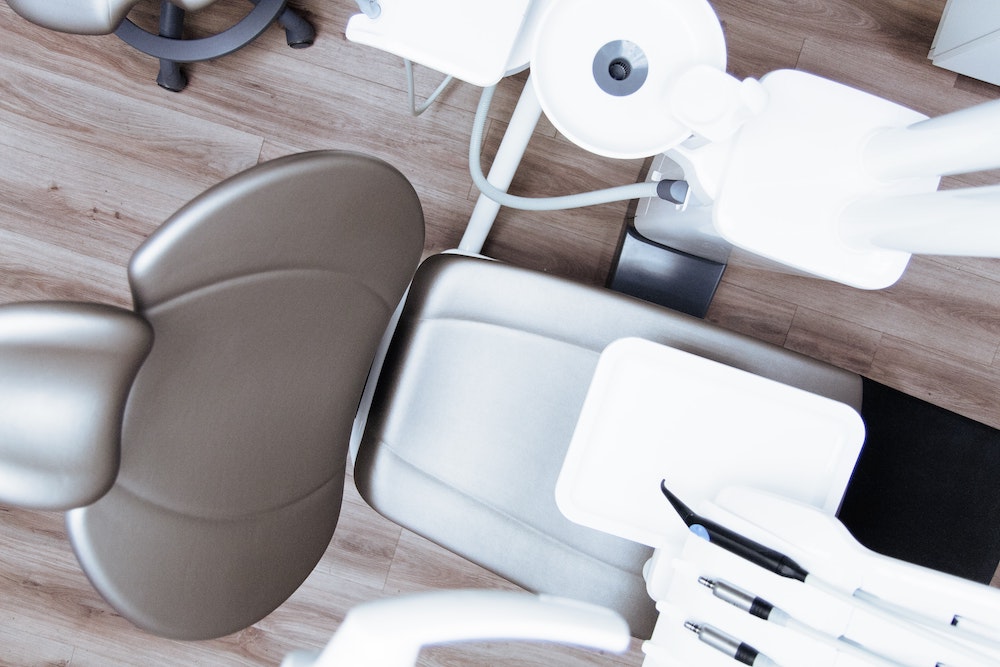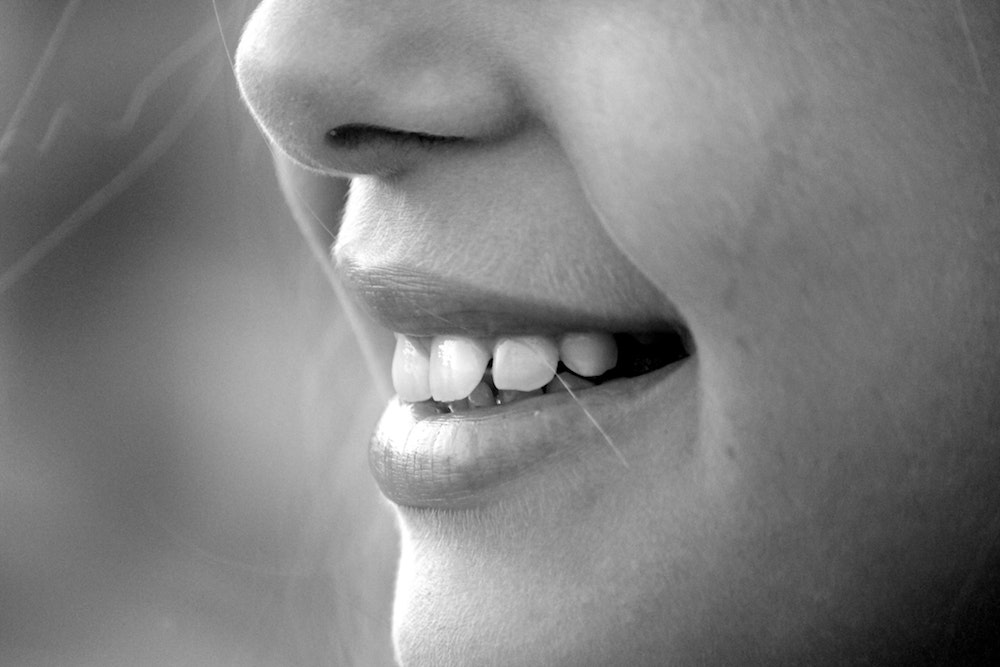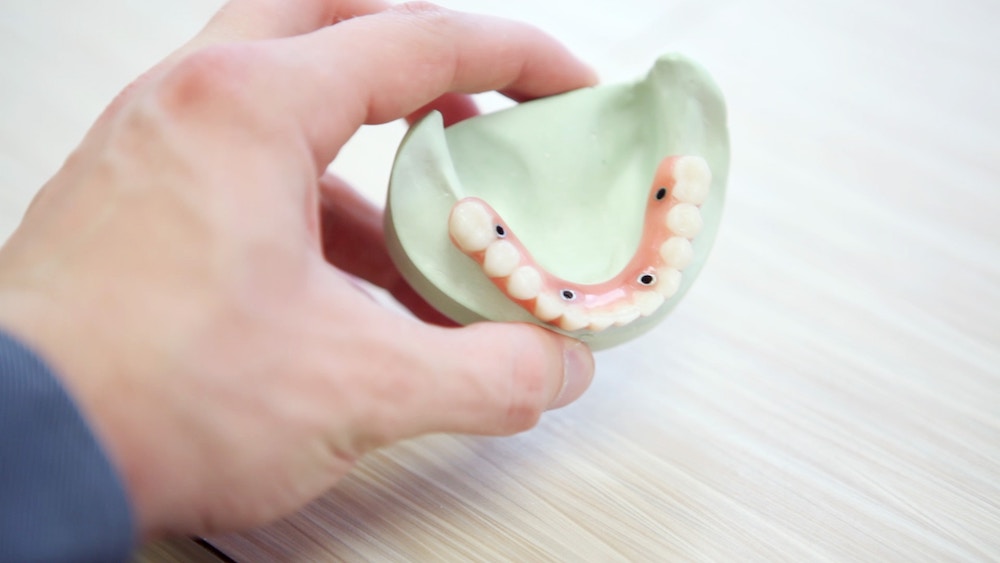
Case Study: How to Fix Gum Recession
October 7, 2021
Do You Need a Dentist or a Specialist for a Root Canal Treatment Process?
October 7, 2021Healthy and functioning teeth impact your health, comfort, confidence and physical appearance. Regular dental care helps preserve a patient’s natural teeth. However, sometimes a dentist must remove and replace a damaged tooth. If so, your dentist will help you find the best tooth replacement options for your situation.
Thanks to a wide range of functional and attractive tooth replacement options, the patient’s quality of life and confidence don’t have to suffer.
Five Best Tooth Replacement Options Your Dentist May Recommend
Southview Dentistry offers tooth replacement options including implants, fixed bridges, and dentures.
The American Dental Association recommends that depending on the situation, a patient may need to consult with multiple specialists during the tooth replacement process. You may want to consult with:
- Your regular dentist who oversees your dental cleanings, exams, and preventative care
- A prosthodontist who specializes in tooth replacement and restoration
- An oral surgeon who specializes in dental surgery
- A periodontist who treats gum disease
The best option for you depends on your unique situation, budget, and dental health. However, you should always start with consulting your regular dentist. They will be able to make recommendations regarding the best options for your particular needs.
1. Implants
Dental implants are a popular option to replace a single tooth, a few teeth, or even a full set. A dental surgeon places titanium posts in place of the tooth’s natural root. The implant secures the replacement tooth solidly in place.
Depending on the quantity and placement of the implants, it can be an involved process. Typically, implants involve the following three steps:
- Surgical placement of the implant post
- Healing from implant placement
- Replacing the missing teeth. Temporary teeth may be used during the interim stages.
Your dentist may be able to perform each step within the same visit, but sometimes the process may require several weeks.
Benefits of Implants:
- This option looks and functions almost like a natural tooth
- The tooth feels stable
- Implants may last years or even more than a decade
- Implants prevent further bone loss and jawbone shrinkage
- You can brush and floss normally with implants and they are easier to maintain than other options
- Implants do not depend on adjacent teeth as do other tooth replacement options
When Implants May Not Be a Good Idea:
Since implants require surgery, the patient must be relatively healthy. Also, the patient must have the adequate bone density in the mouth in order to support the implants. People who heal slowly due to certain chronic illnesses may also prefer a less invasive tooth replacement option.
Also, this is one of the more expensive options, so cost may prohibit some patients from choosing implants.
2. Fixed Bonded Bridges (or Maryland Bridge)
A fixed bridge replaces one or more missing teeth. Your dentist bonds it in place permanently and you must see a dentist if you need to have it removed. Like implants, they are a permanent tooth replacement option that looks attractive and functions well.
Benefits of Fixed Bridges:
- Fixed bridges look and more importantly, feel like natural teeth
- You don’t have to remove fixed bridges to clean them or to eat
- They are less expensive than implants
- Adjacent teeth do not need to be cut down
When Fixed Bridges May Not Be a Good Idea:
Fixed bridges may affect surrounding teeth and you need to make extra efforts when cleaning to maintain healthy oral hygiene. In some cases, they may not be the best option. Talk with your dentist about your specific needs and lifestyle.
3. Removable Partial Dentures
Partial dentures are a removable tooth replacement option featuring your replacement tooth attached to a plastic base that matches the color of your gums. Some patients have a hard time getting use to partial dentures. Also, you typically have to remove them for cleaning and sleep.
Benefits of Partial Dentures:
- This is usually an affordable option compared to implants or fixed bridges
- Removable bridges are easier to repair than permanent bridges
- This treatment is relatively noninvasive and quick compared to fixed bridges and implants.
When Partial Dentures May Not Be a Good Idea:
Removable partial dentures often don’t feel as natural or as stable as fixed bridges or implants.
4. All-on-Four Implant Supported Dentures
This option is a variation on implants. Basically, only four dental implants support a full-arch denture.
Benefits of all-on-four implant supported dentures:
- This option allows the strength of implants at a lower price if replacing an appropriate set of teeth
- The replacement teeth feel more stable than traditional dentures
- The patient can remove the dentures for cleaning
- This treatment may suit people with significant jawbone loss, depending on the position of the loss. Dentists insert these implants towards the front of the jaw which tends to be naturally stronger and thicker.
When All-On-Four Implant Supported Dentures May Not Be a Good Idea:
Since these are removable dentures they don’t have all the same benefits as a fixed bridge or individual implants. Sometimes they need to be replaced after damage. However, they can be a good option for patients who are not eligible for individual implants or fixed bridges.
5. Tooth-Supported Fixed Bridge
A tooth-supported fixed bridge is similar to a fixed bridge only you use your own teeth to support the bridge. Dentists most commonly use this method to replace a single tooth rather than multiple teeth.
Benefits of Tooth-Supported Fixed Bridge:
- The replacement tooth looks and feels like a natural tooth
- The replacement tooth keeps adjacent teeth from shifting
- Patients clean and floss as normal
When Tooth-Supported Fixed Bridge May Not Be a Good Idea:
This option is more expensive than a removable denture. The patient must pay extra attention to oral hygiene and cleaning. Also, this method doesn’t prevent bone loss like implants.
Dentists must grind the nearby teeth to accommodate the bridge. Some patients may prefer another option like a fixed bridge that does not require grinding healthy teeth.
Your Next Step
Your first step towards dental health is regular dental care including a comprehensive exam and cleaning. Be sure to follow any oral hygiene and preventative health routines recommended by your dentist. Preventative health may eliminate or decrease the odds that you will ever need tooth replacement.
However, sometimes you cannot avoid losing a tooth or teeth. In that case, your dental team will help you select the best tooth replacement options for you. Call Southview Dentistry to schedule an examination today.



